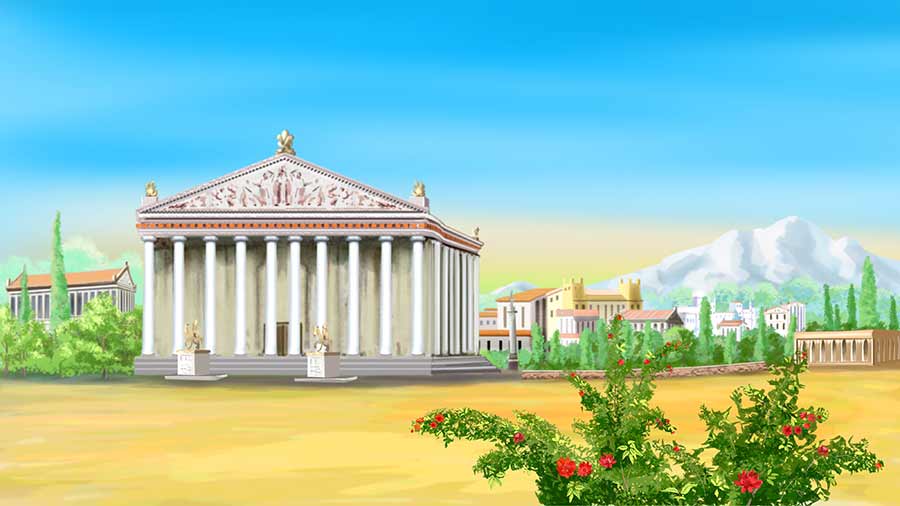The ancient Greeks were known for many things but their toilets weren’t one of them. Even though their contribution to plumbing wasn’t as great as it was in the arts or mathematics, it’s still worth taking a look at.

A Royal Flush
Although we might not hear about it that much when studying the ancient Greeks, they did have a plumbing system, at least in some parts of Greece. The Minoans, who originated from the island of Crete, had somewhat of an influence on the ancient Greeks and enjoyed a heyday from around 2700 to 1450 BCE. They are cited as being the first civilization to use underground plumbing for washing and using the bathroom. They constructed underground pipes using clay and this system went into full effect at the Queen’s Palace.
The reason why this plumbing system worked so well is that the Minoans took advantage of the steep slopes on their land. This allowed them to build sewage canals for water overflow as well as manholes and drains. Most of the pipes were just below the surface to safely dispose of wastewater. There were also stone channels that ran from the upper levels of the Palace at Knossos and worked as a sort of chute for household refuse as well.
Pipes consisted of terra cotta as well as limestone and could carry rainwater down from the roofs of buildings. As the Minoan population grew, more plumbing systems were put into place to safeguard against health and sanitation problems. The pipes had two purposes. First, they distributed water; secondly, they relocated waste and stormwater. Using cisterns and wells, the Minoans were able to direct their water supply to where they wanted it to go.
The First Flushing Toilet
The Palace at Knossos is also where historians have found the first flushing toilet. Conduits were built into the wall of the bathroom, which made it possible to flush waste with water that was held in cisterns. A hole in the floor allowed waste to go into a drain that led to a nearby river or waterway, most likely the Kairatos River. The bathroom was even partitioned off with a small screen for added privacy.
After the flourishing period of the Minoans, Greek plumbing systems continued to be more or less the same, as archaeologists have discovered at Delos. For example, the latrine at the House of the Trident shows the same cisterns and aqueducts. The Temple of Athena featured a public latrine as well as pools and baths.
Going to the bathroom in public wasn’t that strange in ancient Greek culture. There were public toilets for the elite, as using the bathroom in front of others was a sign of nobility. These toilets consisted of slabs of marble (for elite citizens) or limestone which were flat and had interspaced holes along the length of it. Essentially, they were long benches out in the open that typically had pipes of flowing water beneath them. This allowed the waste to “flush” to another place. For hand-washing, there was a shallow channel of flowing water, although the cleanliness of it was relative. Instead of toilet paper, the ancient Greeks had to use small stones. These kinds of communal toilets spread throughout Europe and were used by royalty up until around the 1800s.
Modern Toilets in Greece
To this day, some of the drains and plumbing pipes in Santorini are among the oldest in the world. Fortunately, the plumbing itself is a whole lot better, although modern toilets in Greece still can’t handle flushing toilet paper. Instead, toilet paper goes into a nearby wastebasket. Modern Greek toilets are environmentally friendly and include a double button flusher. Pushing one button will result in a small flush while pushing down both buttons will use more water for a bigger flush. This allows people to use only as much water as they need.
Another thing that foreigners will notice about modern Greek bathrooms is that they usually include a squat toilet rather than a sit-down commode. Many Greeks consider the squatting position to be a superior way to sit to relieve oneself. Foreigners might also be taken aback by the washroom attendant who is sometimes present in a public bathroom but this person is merely there to offer a towel for hand drying.
Sources:
toilet-guru.com/biblical_new.php
toilet-guru.com/overview-history.php
